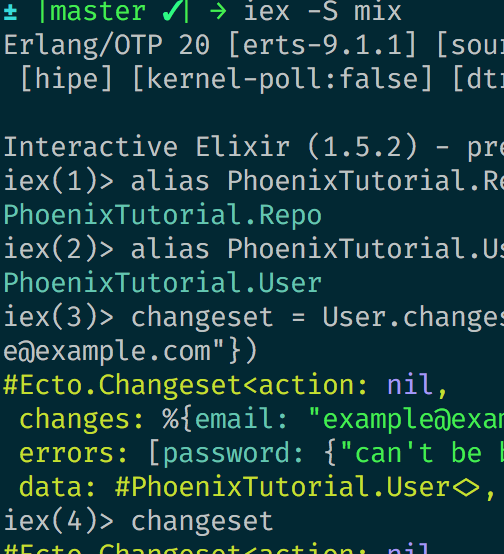ForwardJS SF 2018 Recap



Rails is a popular Ruby Web Application Framework
Ecto is a DSL (Domain Specific Language) for database adaptors in Elixir.

If you work in the tech industry, coding bootcamps are something you have probably heard of, possibly attended, or know someone that graduated from one. For those of you who are unfamiliar with the term, the industry of coding bootcamps is fairly new, with the first ones starting around 2011-2012. In the short time they have been around, these alternative education programs have gained significant popularity, making their presence known in the tech world.

Over the past year, I’ve been working as the solo designer embedded in a team of mostly developers and one project manager designing web experiences and publishing software for one of our clients, Rivals.com. We follow an agile methodology and work hard to effectively and efficiently integrate design. This blog post breaks down the major phases of our process and illustrates, at a high level, the role of design throughout.

When developing websites it is important to consider your audience and how they interact with your application. This can be even more significant for a person with disabilities. Even the most stunning visual presentation can lose its value when the content cannot be interpreted by an individual due to, for example, a learning disability or difficulty seeing. Therefore, it is important, when doing any development or design, we do not dismiss the 1 in 5 people that would benefit on an accessible web.

Upon hearing the term cross-cultural UX design most people might be unsure what it means and find it a mouthful to say. As the name suggests, cross-cultural UX design is when designers create a product that can be an enjoyable user experience for all people of all countries and cultures throughout the world. It makes sense that this is a relatively unknown and new term as it has only been used in recent years as our world experiences rapid globalization. Below I put together 6 major points to take into consideration when designing cross-cultural user experiences.


React Native underlines a JavaScript framework used in writing real and natively rendering mobile applications for Android and iOS. The framework is based on React, which is Facebook’s JavaScript library used in building interfaces for web applications. Building a mobile application using javascript isn’t anything new. The similar technique has been used in frameworks such as Ionic, Sencha Touch, Phone Gap, Cordova, and the list goes on.

In this blog post I’ll be covering Elm, an up and coming functional programming language for building web application front ends. Elm compiles into JavaScript and utilizes virtual DOM technology to efficiently render web UIs. Elm focuses on simplicity for the developer with a helpful compiler and an easy to understand application architecture.

When I wanted to create a proof of a concept project for one of the game ideas I had, I found many tools and gaming frameworks. However, most of them had a steep learning curve which required a significant time investment before the game could be played. Then I discovered P5, a Javascript library inspired by the Processing language, which made it very easy to get started.